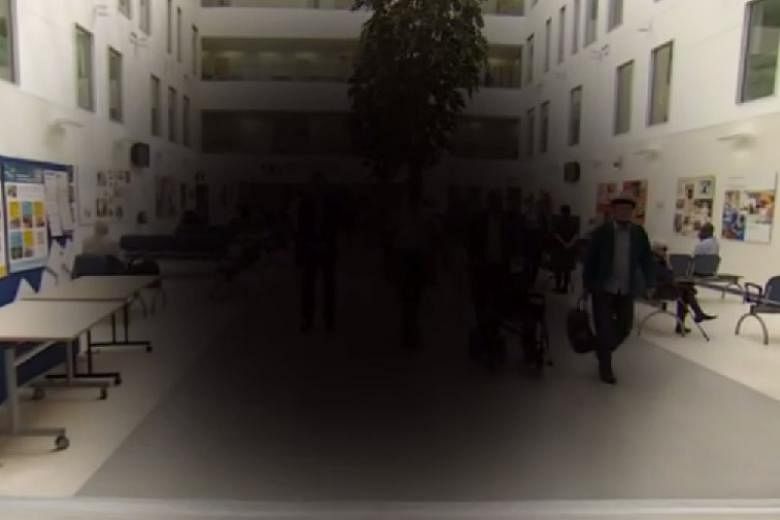LONDON - British surgeons have performed the world's first bionic eye implant, according to a BBC report.
Surgeons in Manchester placed a retinal implant in the eye of an 80-year-old man suffering from age-related macular degeneration (AMD).
The condition is the most common cause of sight loss in the developed world, said the broadcaster.
For Mr Ray Flynn, it led to the total loss of his central vision.
Now though, Mr Flynn is using a retinal implant which converts video images from a miniature video camera worn on his glasses.
He said he was "delighted" with the implant and hoped in time it would improve his vision sufficiently to help him with day-to-day tasks like gardening and shopping.
"I'm unable to put the numbers in for my card when paying in a shop or at the bank, and although I was a keen gardener, I couldn't tell the weeds from the flowers any more," Mr Flynn told the BBC.
Mr Flynn said he had to sit very close to the television to see anything.
He had given up going to see Manchester United play football as he could not make out what was happening.
There are two forms of age-related macular degeneration - dry and wet. The dry form affects 85 per cent of AMD patients and causes gradual loss of central vision, but does not affect peripheral vision.
The Argus II implant, manufactured by the US firm Second Sight, says the BBC, has previously been used to restore some vision to patients who are blind as a result of a rare condition known as retinitis pigmentosa.
The operation, at the Manchester Royal Eye Hospital, is the first time it has been implanted in a patient with AMD, which affects at least half a million people in Britain to some extent..
The surgery took four hours and was led by Paulo Stanga, a consultant ophthalmologist and vitreo-retinal surgeon at the Manchester Royal Eye Hospital and professor of ophthalmology and retinal regeneration at the University of Manchester.
"Mr Flynn's progress is truly remarkable. He is seeing the outline of people and objects very effectively," he said.
"I think this could be the beginning of a new era for patients with sight loss."
The bionic eye implant receives its visual information from a miniature camera mounted on glasses worn by the patient. The images are converted into electrical pulses and transmitted wirelessly to an array of electrodes attached to the retina. The electrodes stimulate the remaining retina's remaining cells which send the information to the brain.
In a test, two weeks after surgery, Mr Flynn was able to detect the pattern of horizontal, vertical and diagonal lines on a computer screen using the implant.
He kept his eyes closed during the test so that the medical team could be sure that the visual information was coming via the camera on his glasses and the implant.
Mr Flynn said: "It was wonderful to be able to see the bars on the screen with my eyes closed."
The implant cannot provide any highly detailed vision - but previous studies have shown it can help patients to detect distinct patterns such as door frames and shapes.
Prof Stanga said that in time, Mr Flynn should learn how to interpret the images from the implant more effectively.
Cathy Yelf, of the Macular Society in Britain, told the BBC: "This is an exciting result and we are following the progress of these trials with great interest.
"Macular degeneration can be a devastating condition and very many people are now affected as we live longer.
"These are early trials, but in time this research may lead to a really useful device for people who lose their central vision."


